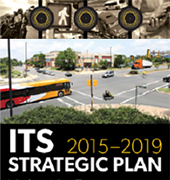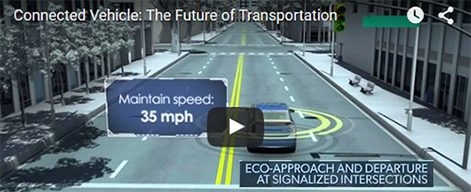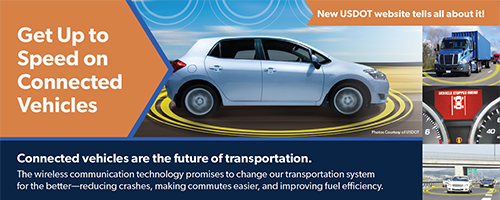Research Archive
Connected Vehicle Applications
Over the last five years, application prototyping and assessment has been a focus of federal connected vehicle research and development activity. As a result of these efforts, more than three dozen connected vehicle applications concepts have been developed, many through prototyping and demonstration. As a part of this process, the component application development programs have also conducted assessments to measure of safety, mobility, and environmental impacts. Field demonstrations have been supplemented by estimation of difficult to observe impacts and potential future impacts from broader application deployment using a range of analytical methods. The USDOT has published documentation from the more advanced application development efforts, including concepts of operations, system requirements, design documents, algorithms, and source code associated with these prototypes. The table below lists the selected connected vehicle applications the USDOT sponsored. Pilot deployments build upon the DOT-sponsored research. A pilot deployment concept combines multiple USDOT application development efforts identified in the connected vehicle research effort.





















